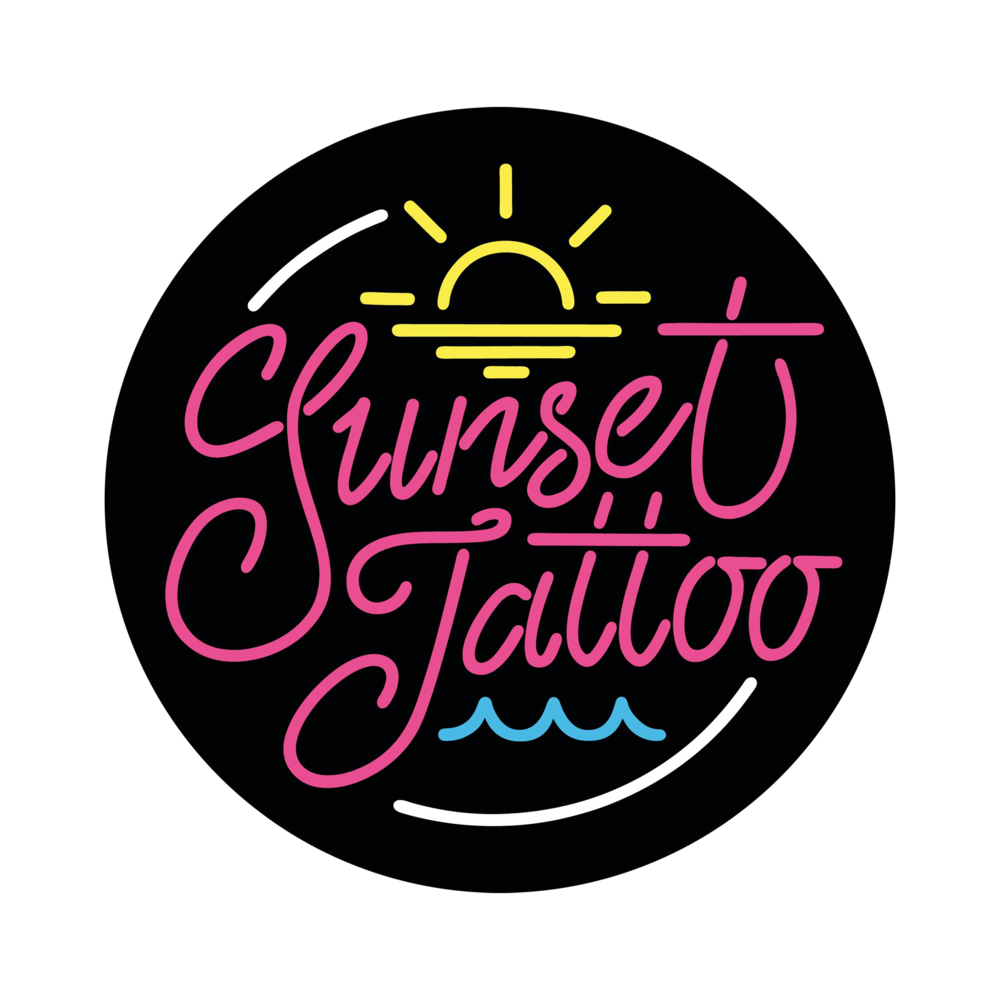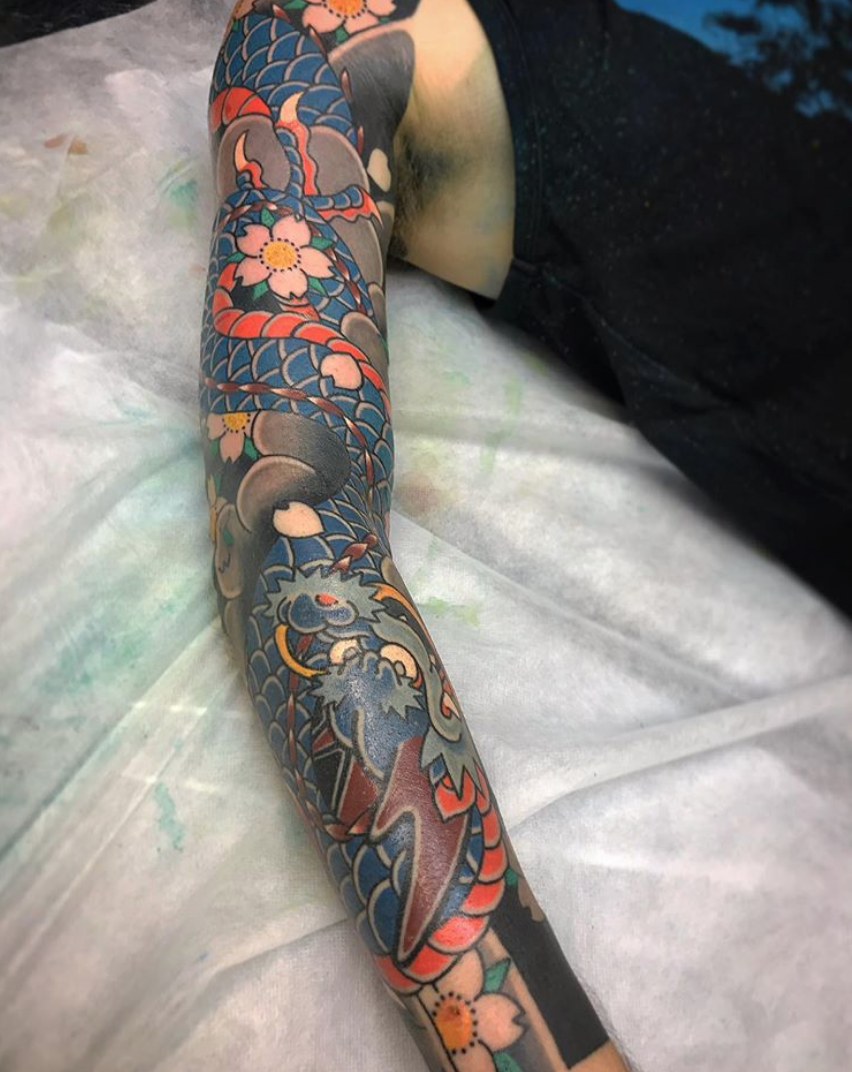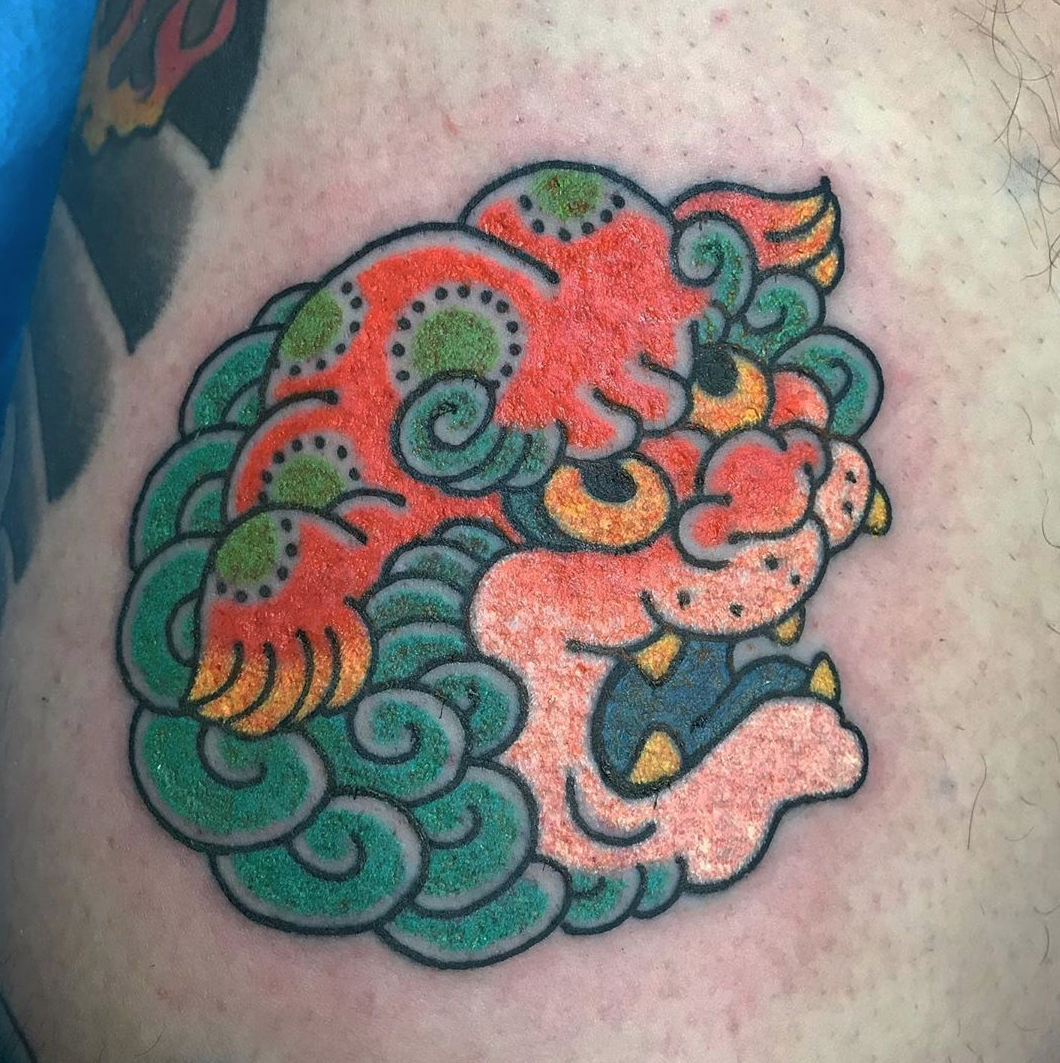If you’re familiar with tattoo shops, you’re probably pretty clued up on what flash is. To those who are new to the tattoo world, terminology and procedures can be a little confusing. Add to that the noise of tattoo machines, the smell of disinfectant and the often rowdy (yet charming!) vibe of tattoo shops, information can often just go way over a new clients head. In this article, we’re going to attempt to make sense of this both historic and current tattoo buzz (err, pun unintended) word by getting into a short history of one of our favourite styles of tattooing - American Traditional!
Beautiful Lady Britannia by Milky.
Although there is evidence of western sailors having tattoos for hundreds of years, often due to bringing home markings from foreign lands in Asia and the Pacific they visited while at sea as mementos, the style that we know as American Traditional is said to have started in the 19th century. A man called Martin Hildebrandt opened what is through to be the first tattoo shop in New York City in 1846, where a lot of his clientele were soldiers, from both sides of the American Civil War. Soldiers would adorn themselves with tattoos as a form of both identification (if their lives were lost during battle) and self preservation; reminders of loved ones, loyalty to their cause, and symbols of protection.
Snake Hand by Lucky Felix.
Skip forward a few decades and the first electric tattoo machine was created by a man called Sam O’Reilly which revolutionised the tattoo industry. Due to this new ease and speed provided by the tattoo machine, business steadily increased for tattooers of the late 19th century and early 20th century. To streamline business, and to combat the increasing pressure of having to come up with new designs, the concept of Flash was organically created. What started as tattooists of the time trading ideas and drawings with one another via post, soon turned into the first ever commercial Flash Sheet sold by a tattooist Lew Alberts (aka Lew the Jew) in 1905.
Traditional Lady by Capilli Tupou.
These early American Traditionalists are to thank for what often springs to mind when westerners picture tattoos - think time honoured, big, bold outlines, iconic subject matter like eagles, patriotism, girls heads and pin ups (hugely popularised by sailors), simple & classic designs in a limited colour palette which are still seen gracing the walls of tattoo shops around the world today.
Another important subject to touch upon, the illicit nature of tattooing back in the day. Artists were constantly on the move, temporarily popping up in bars, barber shops and establishments frequented by a mostly male clientele. These underground artists would display their pre drawn designs in portfolios, and on the walls of these crude, fly by night set ups in such a way that they could be “gone in a flash” if the authorities were alerted.
Fast forward to 2020, and flash is still just as prominent as it was when it first originated. It’s also no longer limited to the classic line drawings of traditional imagery of days gone by. A way for tattooists of all styles to let their creativity run wild, instead of adhering to clients requests and typical imagery, drawing flash allows them to break up the monotony of custom, large scale tattooing. Not unlike a clothing brand holds a flash sale, tattoo studios will hold flash events where artists will only tattoo their pre-drawn line drawings on a first in, first serve basis. Although this doesn’t always equal a greater income for the shop or artist, they’re super fun events which create a sense of community in the establishment, introduce new clients to the industry, and allow tattoo collectors to get tattooed by artists (often international guests) who have long waiting lists, booked out months or even years in advance.
Don’t hold back - Tom Tom switching his style up with this epic Wild Flower!
At Sunset Tattoo, we have fantastic traditional artists available. Capilli Tupou, Milky, Bernard Kwok and Lucky Felix are all heavy hitters who would love to tattoo you, your idea or theirs! This timeless style will never go out of fashion, so for a classic western traditional tattoo, pop into the studio and take a look at our flash wall, or contact us for custom requests.
CONTACT:
www.sunsettattoo.co.nz
info@sunsettattoo.co.nz
(+649)3763423













